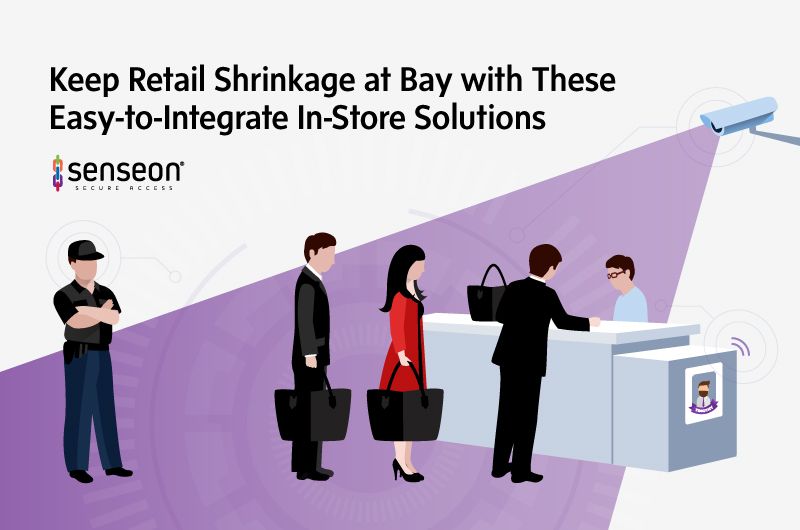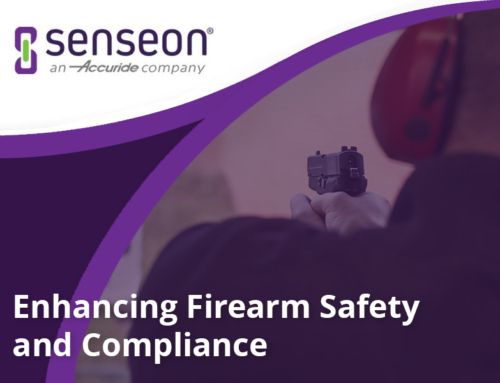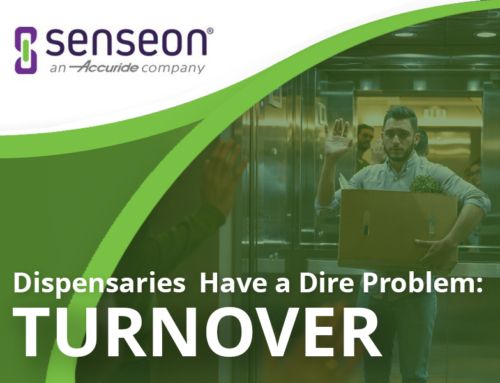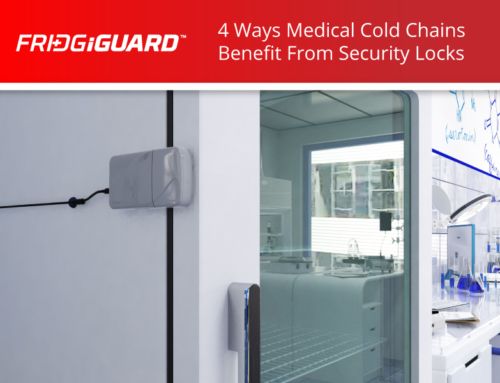Retail theft and shrinkage are on the rise, predominantly stemming from four main causes: insider theft, shoplifting, employee errors, and unknown miscellaneous causes.
The biggest factors—which are likely no surprise for retailers—are theft-related losses. While likely, you have at least some form of theft prevention solutions in place, we’ve rounded up the essentials—the must-haves to mitigate loss and curb the added risk and expense associated with theft. Consider these five core components of retail loss prevention—and evaluate the next steps you will need to take if you’re missing any of these preventative solutions.
1. Loss Prevention Specialists
These highly-trained in-store professionals may multitask by day, but their main focus is simple: to minimize theft.
A loss prevention specialist serves as a strong visible deterrent, letting both store visitors and employees alike know of their vigilant presence. Depending on store and state policies, they may be authorized to physically prevent or even detain those in the act of shoplifting. Loss prevention specialists are also responsible for reporting crimes to the authorities.
2. Video Surveillance
Virtually all retailers utilize surveillance cameras, which not only record evidence but, by their very presence, can curb thefts—both from external and internal sources.
Another layer to consider: hidden cameras. While visible video surveillance has its perks, covert hidden camera surveillance is an ideal auxiliary method that may catch brazen shoplifters or less-than-honest employees, who think they’re steering clear of surveillance. If theft continues to be an issue even with traditional video surveillance, hidden cameras may be a good next step.
3. RFID and Secure Storage
High-value items should always be secured—but in some cases, an item may be too large or, for one reason or another, impractical to keep under lock-and-key.
Shoes are a perfect example. Customers frequently try on shoes before purchasing—but shoes could be a very easy item to—literally—walk away with. To give customers the freedom to try before they buy while preventing loss, many retailers integrate radio frequency identification (RFID) tags. These tags can be clipped or tied onto shoes and other items, triggering an alarm if those shoes “walkout” of the store. At check out, the RFID can be deactivated so shoppers can leave alarm-free.
RFID tags fall into two main categories: passive or active (there’s also semi-passive). Active tags have a battery and transmitter, allowing for active tracking. Increasingly, the cost of active tags has dropped and retailers are using them not only for loss prevention but also inventory management, which helps stores keep items in stock and makes the customer experience even better.
RFID can also be incorporated into smart locks. These keyless locks make it easier to secure cabinets and display cases without keys or cumbersome locking mechanisms. Senseon smart locks, for example, utilize intelligent features such as customizable keys and fobs, enabling owners to set up unique permissions for each employee. Senseon Plus even comes complete with an access log feature that shows the specific fob used to unlock a drawer or cabinet. These systems enable retailers to stay one step ahead of thefts and shrinkage and fortify loss prevention strategies.
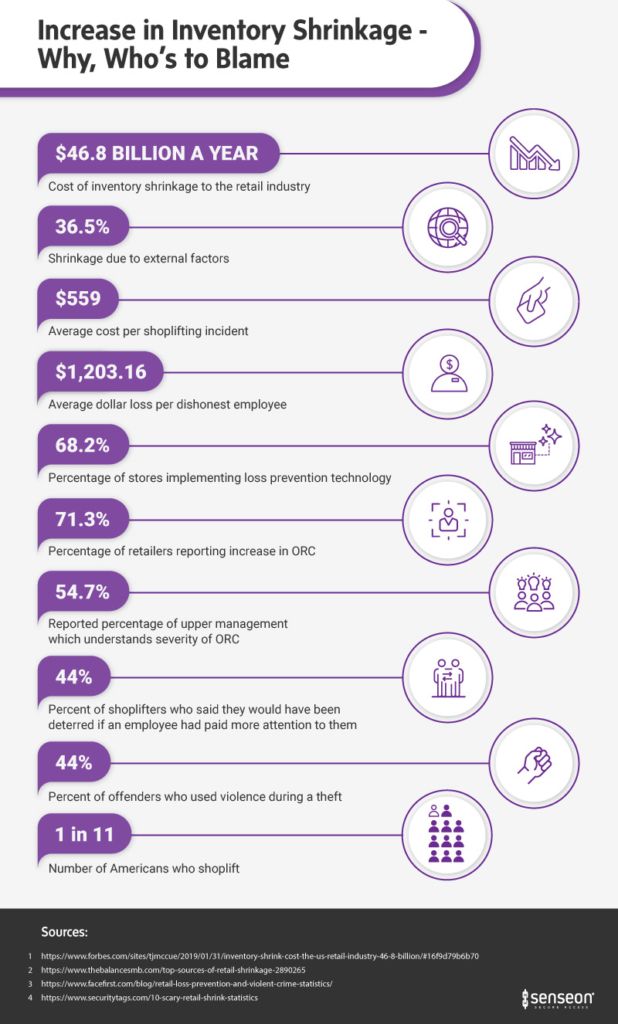
With retail theft and shrinkage on the rise, businesses must improve loss prevention measures.
4. Employee Screening, Training, and Appreciation
It’s unfortunate but true: the bulk of shrinkage isn’t from outside thieves—it’s coming from inside. Employees are a retail store’s greatest asset but, at the same time, also one of the biggest causes of accidental and intentional shrinkage.
To curb unintentional loss, make sure your team is careful, consistent, and well-trained. It’s easy to miss scanning a tag when the registers are swamped with shoppers. But by helping teams manage their workflows and ensuring they’re comfortable with the tools and technology needed in their day-to-day, you’ll help lessen the accidental loss.
And for internal thieves—people intentionally stealing from your business? Again, make sure your team understands security protocols inside and out. From accepting incoming deliveries, entering items into inventory management software, handling and stocking merchandise, engaging with customers, and enforcing anti-theft measures, your crew should know the signs of theft—and know what to do when they spot an external or internal threat.
It’s also crucial to ensure each worker realizes their behavior is being reviewed via visible and covert cameras. This can help them stay motivated to perform well and with integrity. Public displays of appreciation and in-house awards or other incentives can go a long way towards this goal, too.
Managing security with seasonal workers
Seasonal workers can be an entirely different challenge. When sales pick up, it’s often necessary to bring on additional staff, or seasonal workers. Having a few pairs of extra eyes and hands can be invaluable but sometimes the cons outweigh the pros.
To avoid issues with seasonal staff, be sure to onboard everyone, whether they’ll be with you for 10 weeks or 10 years. All team members should be clear on policies and procedures, especially your theft policies.
Final Thoughts
Together, these simple, low-cost steps can help curb loss now and in the future. Get in touch to learn more, review your store’s existing security measures, and see how Senseon can alleviate the stress—and the risk—tied to internal and external shrinkage.

